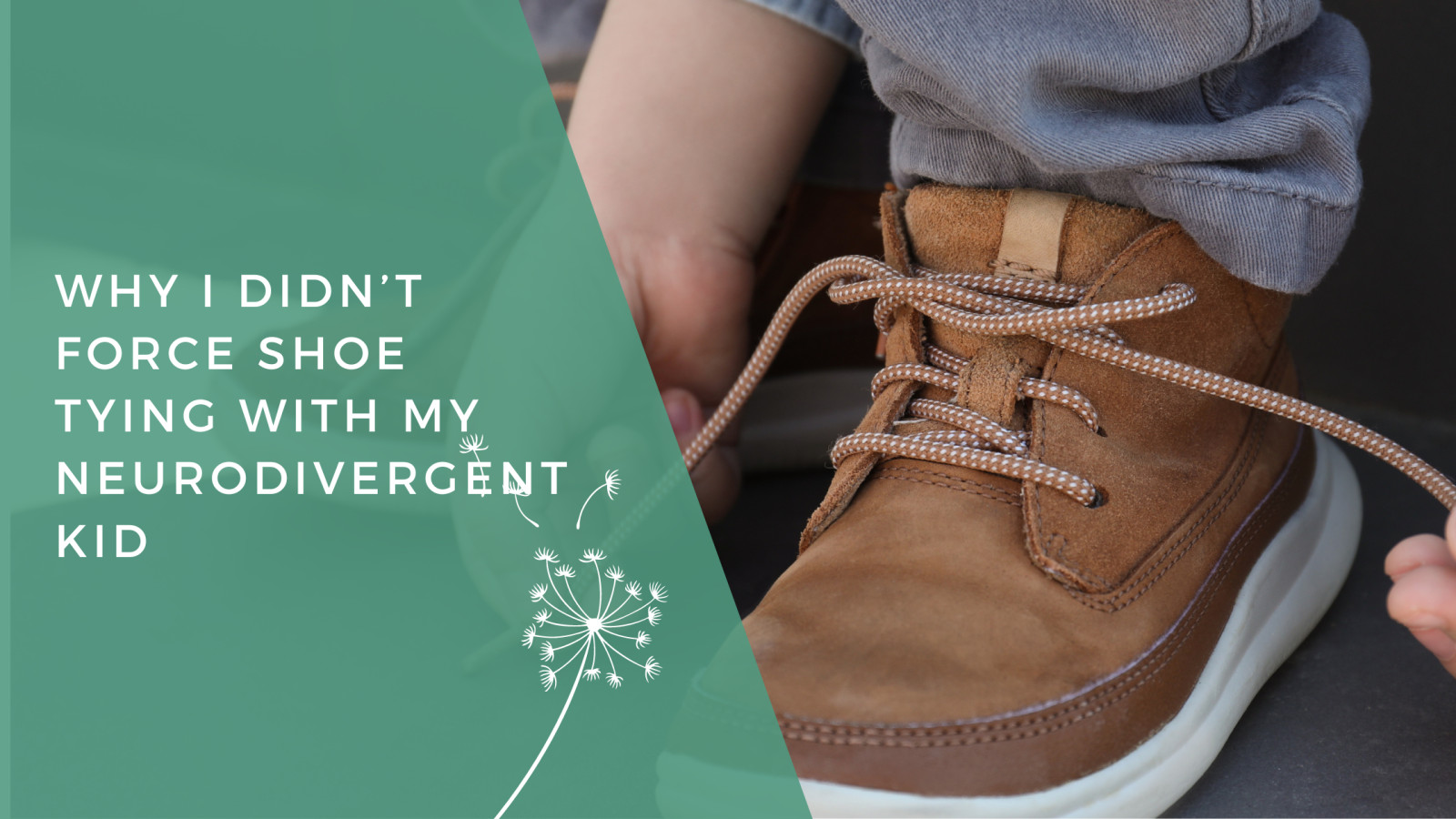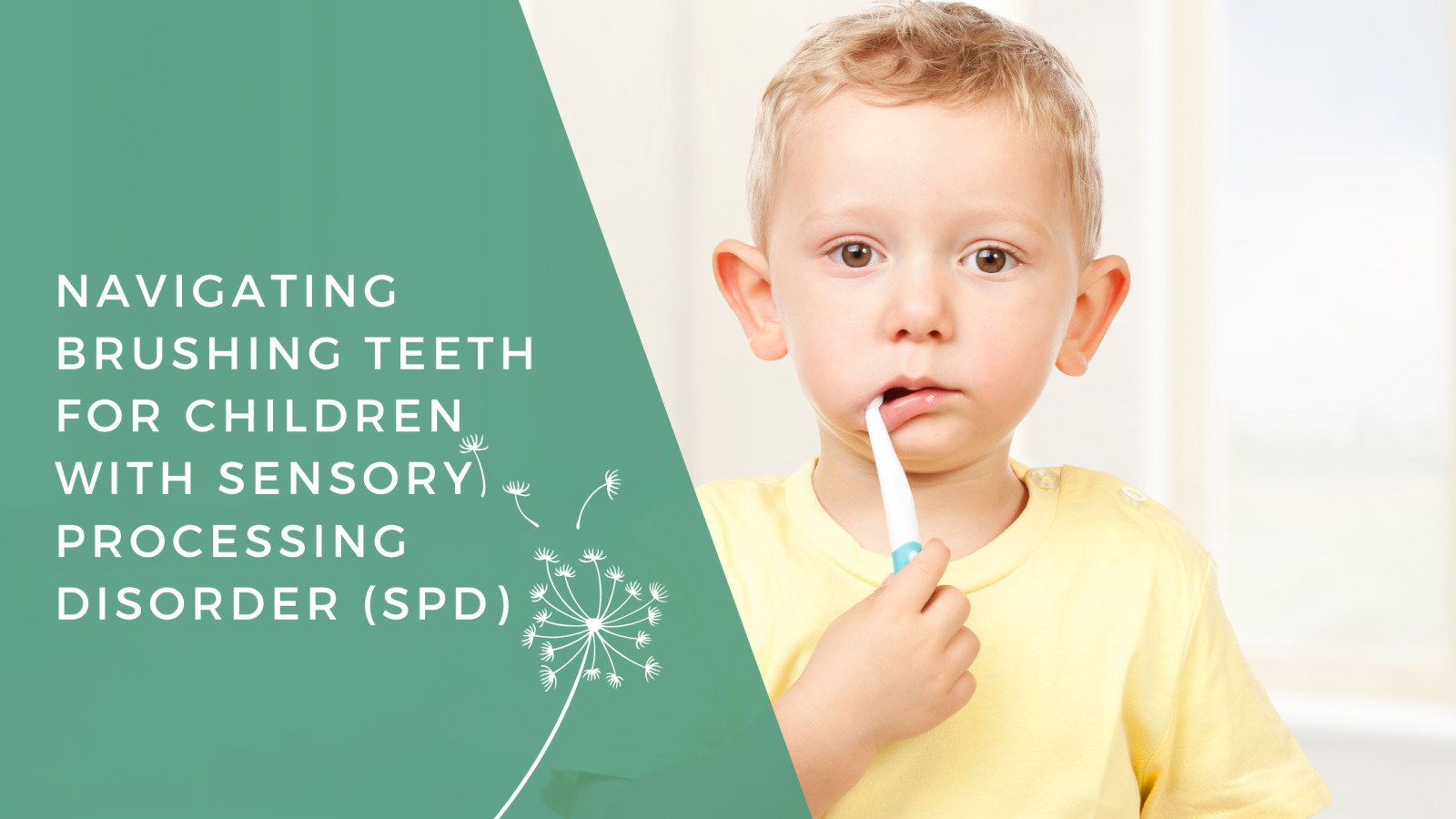
In the blog post "Why I Didn't 'Just Cut Off' My SPD Kiddo's Hair," the author addresses common advice given to parents of children with Sensory Processing Disorder (SPD) to simply cut their children's hair if they struggle with its care. The post emphasizes the importance of autonomy for SPD children, acknowledging that they often have limited opportunities for self-expression due to sensitivities to clothing and other stimuli. Allowing a child to choose their hairstyle can be a critical aspect of their identity and personal agency.
The author warns against the potential trauma that forced haircuts can induce, noting that SPD children already face significant fear and anxiety. A forced haircut can exacerbate these feelings, creating negative associations and increasing trust issues. This approach, while seemingly a quick fix, may ultimately lead to more significant emotional and psychological problems in the long term.
Instead of opting for drastic measures, the post advocates for finding better solutions that preserve the child's autonomy and trust. There are tools and strategies to make hair brushing and washing less stressful for SPD children, and it is perfectly acceptable if their hair occasionally looks untamed. By investing extra thought and time into addressing these challenges, parents can help their children manage sensory issues while maintaining their self-identity and confidence.
Read more...
Hair brushing is a routine task that can be particularly challenging for children with Sensory Processing Disorder (SPD) due to heightened sensitivity, resulting in discomfort and anxiety. Effective solutions include gradually introducing hair brushing through desensitization techniques, using soft-bristled brushes or wide-tooth combs, and applying pure, therapeutic-grade essential oils like Lavender and Cedarwood to calm the scalp. Establishing a consistent, comforting routine, allowing the child to make choices, and using distraction techniques can also help make the process more manageable and enjoyable.
Parents can further ease the hair brushing experience by understanding their child's specific challenges and preferences. Creating an environment that includes soothing elements and incorporating the child’s input can reduce anxiety and improve cooperation. Above all, patience and empathy are crucial, as these approaches ensure a more pleasant and stress-free grooming ritual for children with SPD.
Read more...
Managing chores for neurodivergent children can often lead to overwhelming situations and meltdowns. This blog post outlines three simple and effective steps to help your child with ASD complete household tasks like putting away laundry, cleaning their room, and doing the dishes. By compartmentalizing tasks, utilizing time chunks, and giving breaks, you can create a manageable and predictable chore routine that meets their sensory needs.
Step 1 involves breaking down large chores into smaller, easily understandable tasks. This helps children understand what needs to be done without feeling overwhelmed. For example, instruct your child to "Find all the socks and underwear and put those away" rather than a vague directive like "clean your room."
Time chunking is Step 2, where you set a specific amount of time for each small task, making the overall chore seem more achievable. A visual or audible timer can be helpful, and rewarding any leftover time can motivate your child. Lastly, Step 3 emphasizes the importance of breaks, equal to the time spent working on the chore, which helps your child feel rewarded and reduces resistance. These strategies can transform how chores are approached, resulting in fewer meltdowns and a more harmonious household.
Read more...
In a world full of developmental milestones, tying shoes doesn't always rank high, especially for neurodiverse children. The pressure to meet certain age-specific skills can sometimes overshadow a child's unique pace of growth. While undiagnosed fine motor skills issues or processing disorders might necessitate intervention, for those with known diagnoses, forcing shoe tying can lead to frustration and unnecessary stress.
Most school readiness checklists emphasize the importance of tying shoes, but as an educator and parent, I’ve seen this standard create undue pressure. Not being able to tie shoes doesn’t reflect a child's intelligence or potential. Opting for no-tie shoes can reduce daily stress for both parents and children, allowing room for their other strengths to shine.
When my son struggled with shoe tying, I provided alternatives until he developed the necessary coordination. Today, at 12, he tied his shoes for the first time, but his delay never hindered his academic or social achievements. Ultimately, compassion and self-love are far more important skills, and children will master tasks like shoe tying when they’re truly ready.
Read more...










